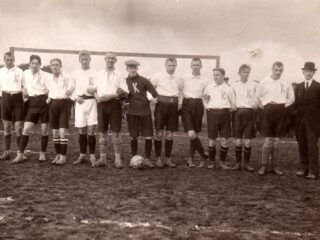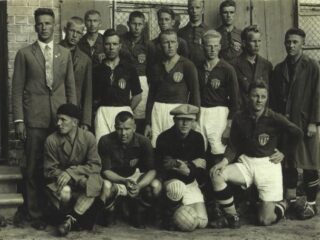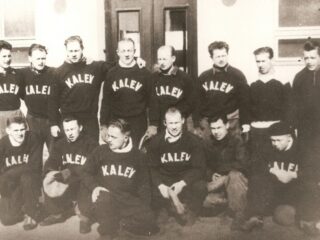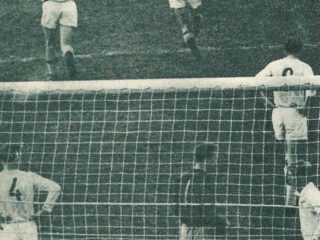OUR JOURNEY
As the largest and oldest football club in Estonia, we stand for the development and values of football. Founded in 1911, the club has played an important role in the history of Estonian football: it has produced players and coaches for the national team as well as for several foreign and domestic clubs.
ONE CLUB FOR ALL
Throughout our long and proud history, Kalev has created a bond between different generations and communities. Our community and fans show their support for the club with great passion, and we show it with our commitment to building Kalev into a successful and sustainable football club.
SOCIAL INITIATIVES
MENTAL HEALTH. We encourage everyone to take care of their mental health. We pay special attention to risks and finding solutions.
EQUALITY. The love of football unites everyone, regardless of language, religion, skin color, or sexual orientation.
DISABILITY AWARENESS. We consider people with special needs around us, conduct campaigns and training for adults with special needs.
VALUES
TALENTED YOUNG PLAYERS
Below is a short selection of our latest generation graduates who are playing on European pitches today. This is just one example of Kalev’s youngsters who have decided to continue their journey in professional football. Let’s keep fingers crossed for everyone!
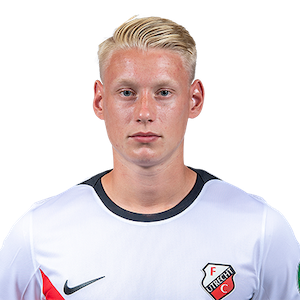
ROCCO ROBERT SHEIN
Fredrikstad FK
Estonian national team
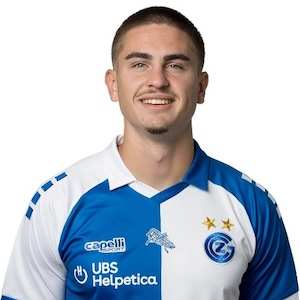
MAKSIM PASKOTŠI
KAA Gent
Estonian national team
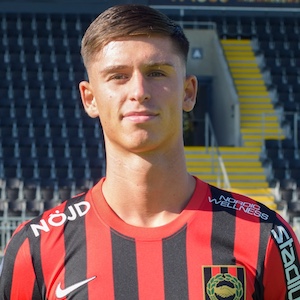
MARTIN VETKAL
FC Dordrecht
Estonian national team
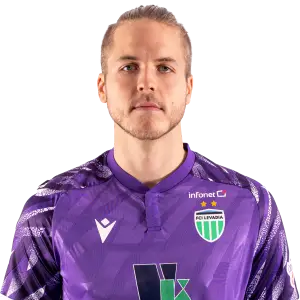
KARL ANDRE VALLNER
FCI Levadia
Estonian national team
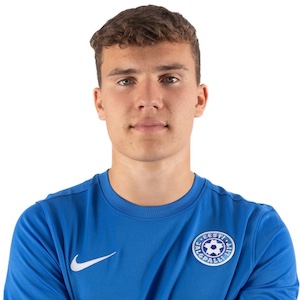
KRISTOFER KÄIT
Portimonense SAD
Estonia U21, U19, U18, U17
CLUB HISTORYTALLINNA KALEV
115
PREPARATORY PERIOD
Early football clubs, participation of schoolchildren, good conditions
GOLDEN AGE
Local derby, full house, 2 titles (1923, 1930), 1924 Paris Olympics
SOVIET ERA
1955 title, a legend Uno Piir, 6000 spectators, draws with top clubs
THE REBIRTH OF THE CLUB
Return to the high-level football, focus on youth development
- 1901-1911
- 1911-1940
- 1940-1991
- 1991-
Tallinn Kalev football club was founded in 1911. In the early years of statehood, Kalev was one of the two flagships of Estonian football.
In the spring of 1909, Tallinn schoolchildren formed the Meteor football club, which had started training a year earlier. The team’s uniform included a blue shirt and white pants. The first coach of the team was John Urchard, an English linen merchant who lived in Tallinn at the time. The latter also ordered the first set of football shirts from England. Nearly 40 players joined the team. Among others, such later well-known sportsmen as Voldemar Luik, Otto Silber, Johannes Ellip, Artur Sälg, Johannes Villemson, Sergei Orlov, Rudolf Kuuskman, Ferdinand Raba and others.
Two years later, in the spring of 1911, some players decided to join Kalev sports club, where there were better conditions for sports. On May 27, 1911, the entire Meteor team moved to Kalev, joined by several new schoolchildren.
While Kalev’s home ground was initially the White Lighthouse Field in Lasnamäe, in 1913 the city government built a public football field in Tiigiveski (near the current Kalev Stadium), which became Kalev’s new home pitch.
After the establishment of Tallinn Kalev in 1911, the rivalry between Kalev and VSS Sport heated up in the 1920s. The matches between the teams became a grand sporting event, drawing a full house.
In 1923, Tallinna Kalev won its first championship title, defeating Sport 1:0 in the decisive match. The team featured such great names in Estonian football history as August Lass, Eduard Ellman-Eelma, Arnold Pihlak, Ernst Joll, Elmar Kaljot, etc. A large part of Kalev’s team at that time also participated in the 1924 Paris Olympic tournament as members of the Estonian national team. This period can be considered one of Kalev’s heydays.
In 1930, Kalev won the Estonian championship for the second time. In the tournament of the four strongest clubs, Kalev played against their long-time rival Sport, who was unable to defeat the young Kalev team.
During the days of independence until 1940, Kalev came in the top three more times. In 1930, they also reached the cup final, where they lost to TJK 1:4. The most outstanding player of the 1930s was Ralf Veidemann, who was a regular member of the Estonian national team for several years.
In post-war Soviet era, Tallinna Kalev played as the Estonian representative team in the Soviet championships for 11 seasons (1947–1954 and 1960–1962). In 1955, Tallinna Kalev won the Estonian championship. One of the main players of Tallinn Kalev was Uno Piir, who later became the head coach of the Estonian national team.
In 1960 and 1961, Tallinna Kalev represented Estonian football in the Soviet Championship Premier League. At the request of the Soviet Football Federation, all national regions, a total of 22 teams, were included in the tournament. Tallinna Kalev, which essentially played as the Estonian national team, achieved 19th place by the end of the season. The head coach was Elmar Saar assisted by Uno Piir.
Tallinna Kalev showed several excellent games during this period. Kalev drew 2:2 on home turf with Spartak Moscow and 0:0 with Dynamo Moscow.
Kalev team at that time was dominated by such well-known names as Ants Veldermann, Mati Gilden, Benno Tael, Erich and Karl Kollo, Raul Nell and others.
Tallinna Kalev returned to the Estonian football map as a football club in 2002, when it was re-established as an independent club on September 1. The founders were Rein-Vello Ojavere, Mati Liim, Kaido Mägi and Raimo Nõu.
The following year, Kalev won first place in the Northern Zone of the III League and in 2004 in the II League. 2005. In 2005, Kalev played in the I League and achieved 4th place. A year later, in 2006, the club reached the top three in the I League and secured a place in the championship for 2007 through the transfer games.
